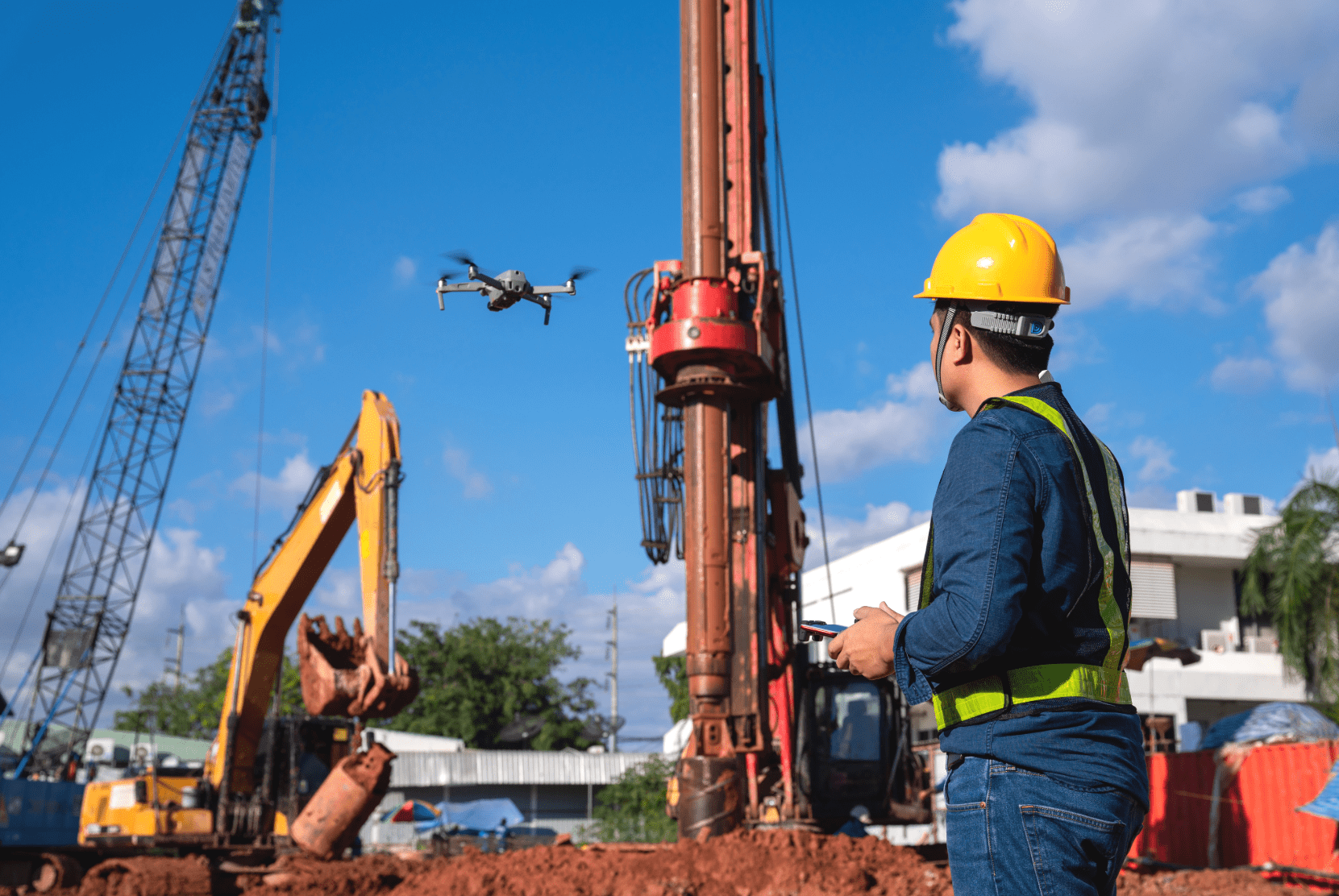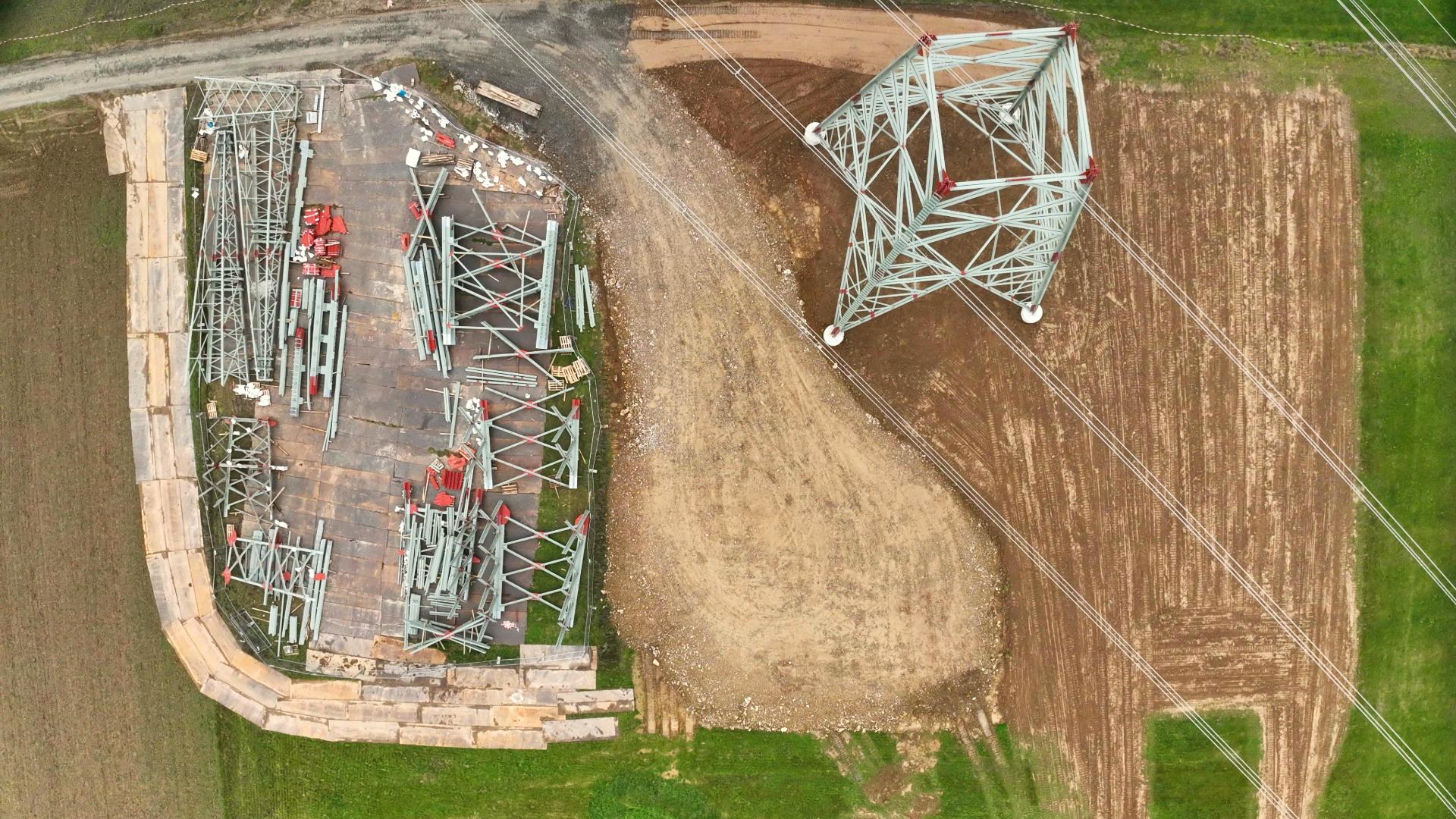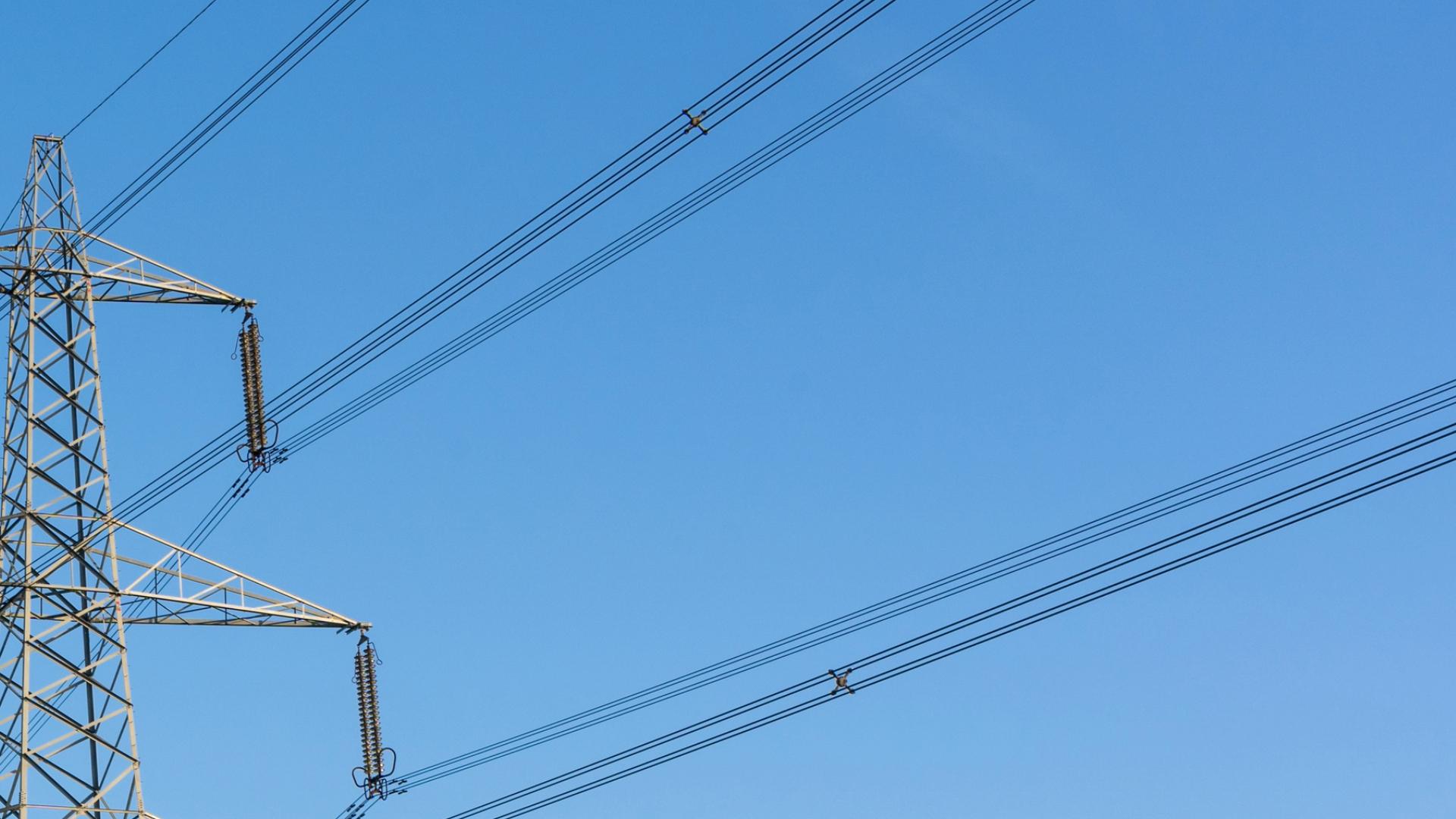Haven’t read it yet? Here’s part I and part II
Geodata is data with a spatial reference. Depending on estimates, this includes 80-95 % of all data worldwide and thus affects all industries. Maps are the classic way of presenting geodata. In times of the Internet of Things (IoT) web maps, map services and map-like representations are of increasing importance for various applications. This series of articles contains a total of 15 tips to make maps on the internet even better.
11. Where to click?
Probably the most important difference between a good web map and a classic print is the possibility to interact. Map services such as Google Maps have made users accustomed to them and now they take many functions for granted. So it is all the more negative when these are missing. Zooming, moving and rotating the map section, searching and filtering, retrieving information and changing the display of the data are just some of the options. A web map does not only have to display something, but it should also allow the user to be able to do something. But don’t forget: These functions need to be integrated sensibly. It can never be assumed that every user knows what he can use where. Therefore, hints and explanations should never be missing.
Tip 11: Enable and explain interaction!
12. Data protection sends its greetings
The universally popular topic of data protection naturally also affects geodata that is to be shown on maps. Particular attention must be paid to the protection of privacy, especially with regard to data collected by the user. Geodata obtained from external sources is almost always subject to contractual usage restrictions. With the help of various licensing models, a right to use the data is granted. There are considerable differences, depending on whether the data is to be further processed or reproduced as raw data, and who the user is. This applies to geodata regardless of whether they are available free of charge or not. When creating a map for the internet, it must, therefore, be checked whether and under what conditions data may be used. In most cases, source notes have to be integrated.
Tip 12: Observe legal issues!
13. Please be clearly arranged
The keyword for this tip is generalization. The point here is to change what is displayed on a map according to the zoom level in order to obtain a statement and readability. In concrete terms, this is done above all by simplifying forms, emphasizing the important and omitting the unimportant. Without generalization, objects on a map would quickly overlap and render the map unusable.
Tip 13: Generalize according to scale!
14. How’s it going?
The previous tip is accompanied by another problem. Without generalization, when zooming out, so much data is displayed that computing power is not sufficient. In the worst case, the whole thing crashes. It is therefore important that a web map runs smoothly. For this purpose, the data should be sensibly stored in databases so that it can be queried and displayed quickly. Another widespread concept is the so-called tiling. The map is divided into many individual, prepared image tiles, which can be loaded depending on the map section to be displayed. This speeds up navigation within the map considerably.
Tip 14: Ensure good performance!
15. Less is often more
The technology now offers a wide range of options for designing a web map and integrating many functions. Depending on the topic and application, however, not all of them are always useful and meaningful. It is important to distinguish between the necessary and useful and the superfluous. Overloaded, confusing maps with unmanageable functions overwhelm many users and quickly lead to frustration or cognitive fatigue.
Tip 15: Limit to the essentials!
These are our 15 tips for better web maps. Technical development will continue to bring new possibilities for the application and improvement of web maps in the future.
We at FlyNex are also constantly trying to improve our software Map2Fly. Do you have any questions, comments or ideas?
Did you know that you can now also report any need for improvement directly on our map? Register free of charge at https://map2fly.flynex.de/. Currently, you will find the function “Report errors in the map” below Services & Partners.
We look forward to your feedback!
The FlyNex Team




